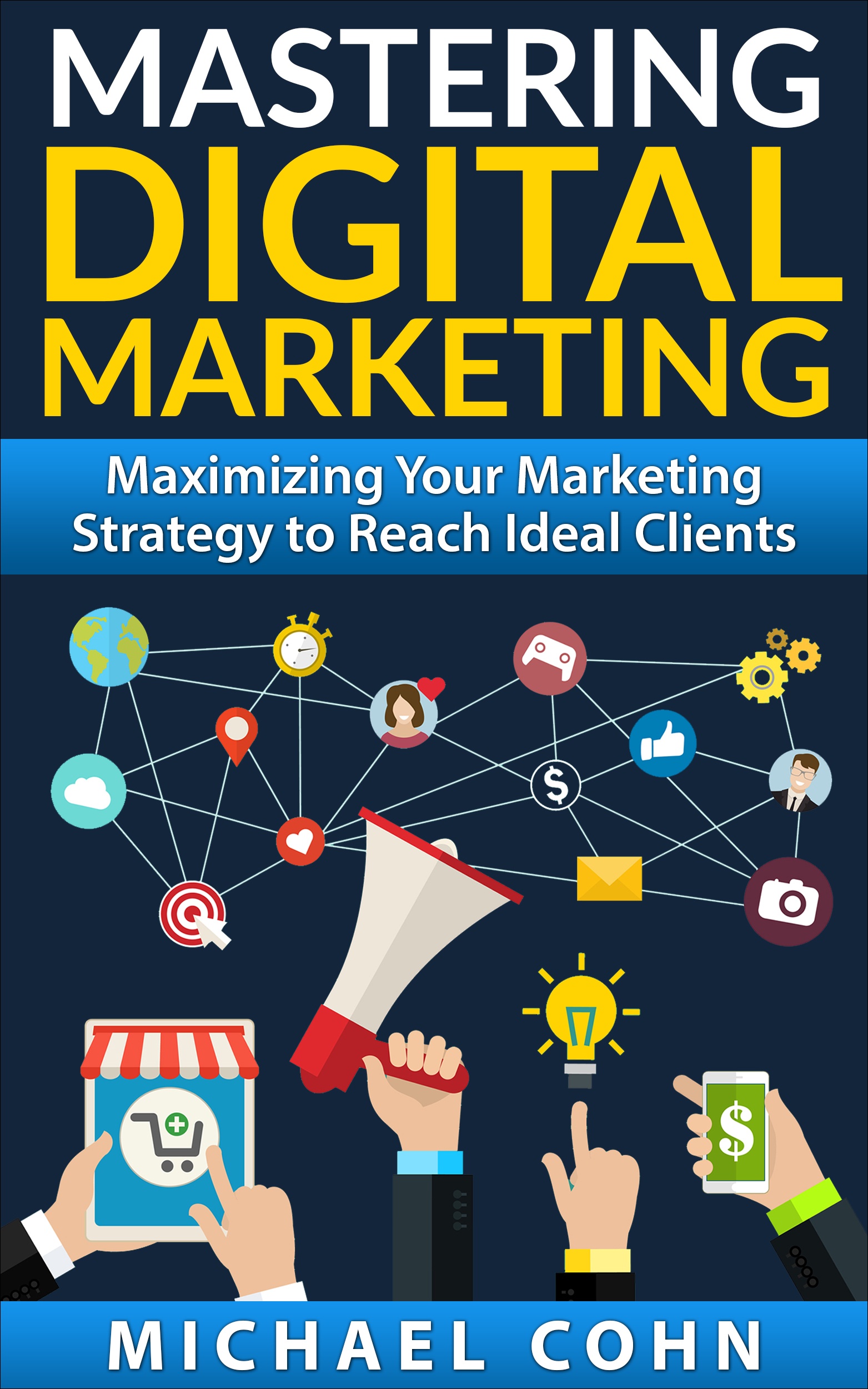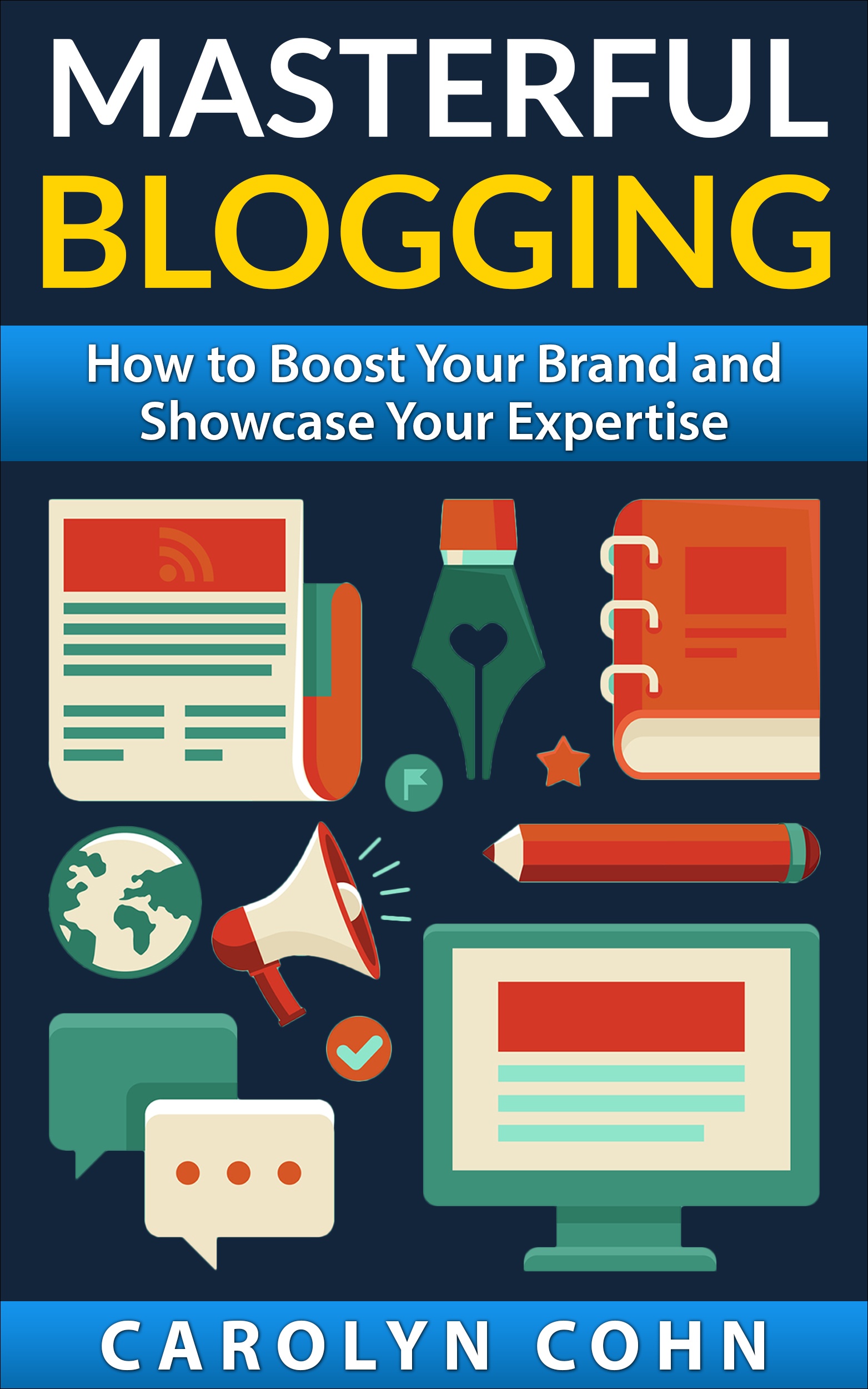Secrets to Effective Writing – Harnessing the Power of Language to Get Your Message Across

The real key to successful writing including everything from blogs to full length books is clear thinking. This, however, is not just a general, mysterious concept. It is comprised of a number of key factors which can be identified and applied in one’s writing.
There are four essential ones that need to be identified: terms, propositions, arguments, and context. These four elements weave together the fabric of the document, though they must all work together in a harmonious manner to produce a superior piece of writing. When one or more of them is defective or limited, the message of the writing will not come through. This can also be judged by the readers’ response: superior writing will hold the reader’s attention and stir interest in learning more; a poorly written document will quickly create boredom and turn the reader away.
Each of the four elements, terms, propositions, arguments, and context, involves a particular thinking function in its own right that the writer must encounter and be familiar with in order to become skillful in the art of writing. It is not necessary to master them completely though a certain level of skill is required to demonstrate competency, as evidenced in the writing itself. This skill can only come through the practice of writing and from critical feedback of others who are experienced writers.
Terms. The terms are the keywords that create a foundation for the piece of writing by directing the focus of the reader. The terms are not always completely understandable in isolation since an individual term always points to others within a network where meaning is created. Individual terms, however, must be simple; overly complex terms can confuse the reader. The terms tell people what you are talking about, whether it be iPhones, potted plants, cars, or underwear. (They are in the form of nouns, i.e. things we can name.) They direct our focus. To use them to maximum advantage requires a full understanding of how we focus attention.
Propositions. While the terms set the focus of attention, propositions create meaning by connecting terms. Propositions suggest ways to bring terms together. They stimulate the thinking involved in the creation of hypotheses. The most basic proposition considers the way two terms are connected; other propostions connect larger numbers of terms. An example of a proposition is ‘A dog is an animal’, connecting the terms "dog" and "animal".
The most interesting propositions are ones that suggest new connections never before considered. When say the earth is a planet, it may stimulate some thought but to say the earth is a self-regulating ecosystem is a much richer and thought provoking hypothesis. Propositions actually enrich terms by creating more lines of connection between them. The most fruitful propositions make us think about other possible implications that are connected to the initial hypothesis.
Arguments. The argument is the means of demonstrating the truth of what was proposed in a string of propositions. The most basic argument has three propositions, two of which lead to a conclusion. While hypotheses have the effect of stimulating and expanding the possibilities of connection, the argument grounds the possible connections by establishing the truth in a set of hypotheses. This truth is recognized by the certainty and forcefulness it conveys. Arguments appear in different forms but all be ultimately reduced to the form A implies B, B implies C, therefore A implies C. This is called the transitivity rule. For example: All dogs are mammals, All mammals are animals, therefore all dogs are animals.
Context. All arguments operate in a particular contextual sphere. In other words, they are dependent upon a particular theoretical model in which they are bound. This can also be understood as a value orientation. The context shows the limits of arguments and thereby attaches value to them by revealing the underlying principles for those arguments. The tool of context is a very powerful one because it sets the natural limits to the arena of discourse.
To learn more, please visit our writing services pages on CompuKol Communications Writing Services.




is that true??